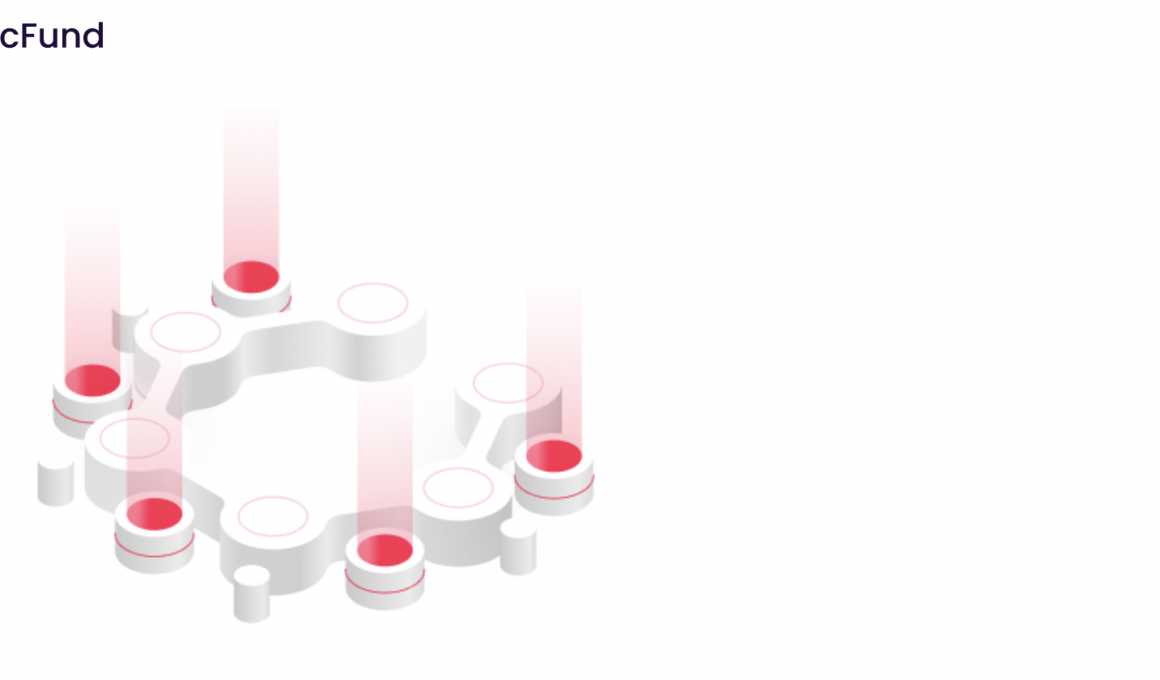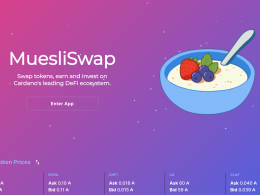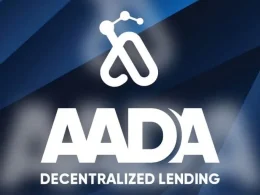Decentralized governance and funding are cornerstones of the Cardano ecosystem. Moreover, Charles Hoskinson, CEO of IOHK, and others are outspoken in their support of treasury systems. Yet, innovative projects may seek several forms of support, including VC funding, ICOs, IDOs, and more.
Enter Wave Financial.
David Roebuck, the Venture Principal of Wave Financial, explained the focus of his firm on the July Cardano360:
“Wave Financial is a SEC-registered crypto asset manager with over 500 million assets under management.”
He continued, explaining Wave Financial’s cFund:
“cFund is an early-stage investment vehicle that’s independently operated in a partnership between IOG and Wave Financial. We back companies that are looking to build on the Cardano blockchain and its technology or, at some point, will look to integrate with it.”
A recent IOHK blog post described the impetus behind the partnership in greater detail. Briefly, the cFund, IOG, and the Cardano Foundation are independent entities interested in collaborating on exciting project ideas. cFund is backed by institutional investors such as these as well as high-net-worth individuals and family offices. It has developed a disciplined approach for identifying opportunities, and it provides support to portfolio companies building on Cardano.
With this in mind, cFund is mainly interested in deploying capital in the DeFi and open finance space. The investment vehicle is a well-known backer of COTI, the decentralized payment network behind ADA Pay. Two recent investments include Occam.Fi and the BlockSwap Network.
Occam.fi
With DeFi at its heart, Occam.fi is a collection of utilities for the Cardano platform. The suite includes DEX instruments, swap capabilities, a Euro stablecoin, and other innovations.
Interoperability is a pressing need as smart contract functionality goes live on Cardano. adapulse.io previously covered the ERC-20 token converter that is helping projects on Ethereuem transition smoothly to Cardano. Along those lines, Occam.fi is also working to establish an Ethereum to Caradano liquidity bridge.
The primary piece of the puzzle is Occam.Razer, a launchpad to help DeFi projects crowdsource initial funding in a decentralized manner. Occam.Fi Head of Communication Elliot Hill explained to Cardano with Paul the scope of the project and the role of its token:
“Basically, our token allows access to the tier structure that we have. We’ve really thought of how we can democratize access to our IDOs. We need a token to register interest for IDOs. As we saw with our IDO, when you don’t have a registration system, you just open the flood gates, and it doesn’t work perfectly.”
IDOs, or initial DEX offerings, provide a path for new—and hopefully properly vetted—projects to distribute tokens in an equitable manner with the eventual aim of listing on DEXs. In so doing, they rely on third-party launchpads like Occam.Razer.
Similar launchpads have been the source of much attention and speculation throughout the cryptocurrency space. Polkastarter on the Polkadot network and the Binance Launchpad, for instance, are notably popular.
It should be noted, however, there were initial hiccups with the Occam.Razer platform during the project’s OCC token launch. Heavy demand clogged the platform, and many interested investors were unable to participate. Moreover, OCC tokens traded more cheaply on secondary markets like Uniswap for a period.
That said, Hill is quick to assert that the project has learned from past shortcomings and is focused on moving forward.
BlockSwap Network
The BlockSwap Network was also featured on The Cardano360 as project endorsed from the cFund. BlockSwap is an automated liquidity protocol, an AMM, that allows users to restake staked assets. In so doing, users can earn yields without using a synthetic asset. This provides liquidity for staking activities which in turn supports a more active DeFi environment. Blockswap co-founder Scott Trowbridge told Coinscrum:
“Blockswap is an immutable decentralized non-custodial protocol that’s bringing fixed income products to proof-of-stake chains. We have two main components in the Blockswap Network thus far. The first one is StakeHouse, and the other is OpenSaver. “
StakeHouse is the aforementioned AMM for staked asset liquidity. OpenSaver, on the other hand, is a fixed income protocol suite aiming to provide stable savings rates for DeFi users.
Find more information about Wave Financial and their portfolio on the firm’s website.










